博文
2023年3月嘲风作品集(三)
||
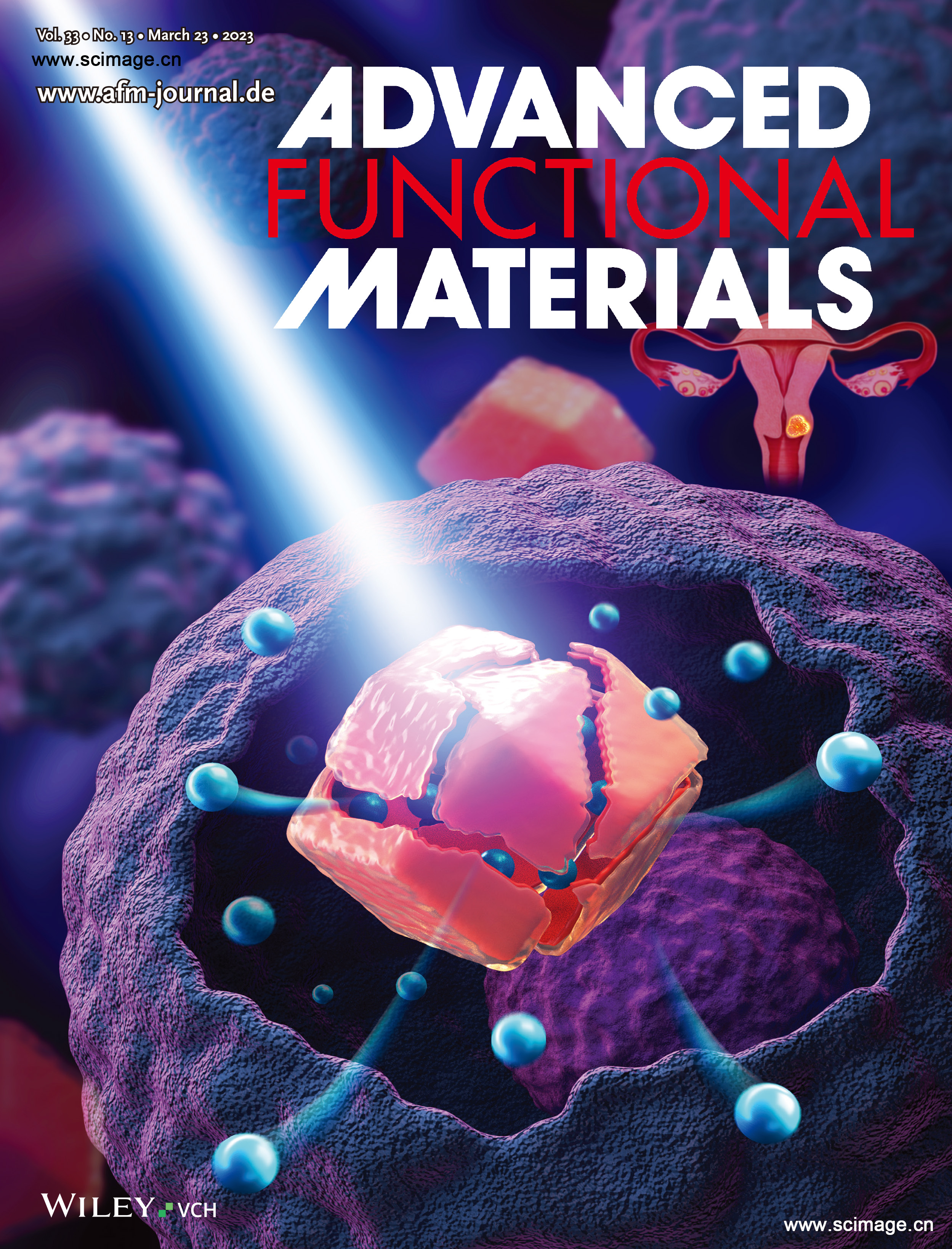
▲ Vol 33 Issue 13 | 23 March, 2023
X-Ray-Responsive Zeolitic Imidazolate Framework-Capped Nanotherapeutics for Cervical Cancer-Targeting Radiosensitization
Shuya Pan, Guanning Huang, Zhengwei Sun, Xin Chen, Xinli Xiang, Wenxiao Jiang, Yanchao Xu, Tianfeng Chen, Xueqiong Zhu
Cervical Cancer-Targeting Radiosensitization
In article number 2213364, Xueqiong Zhu, Tianfeng Chen, and co-workers report zeolitic imidazolate framework-capped Mn3O4 nanoparticles modified with folic acid with X-ray response properties. This nanoparticle possesses a high oxygen vacancies rate and Mn3+ ratio, promoting H2O2 and glutathione degradation, producing more singlet oxygen under X-ray, increasing reactive oxygen species level, and alleviating hypoxia within the tumor microenvironment. It shows promising potential for anti-cervical cancer therapeutics.
https://onlinelibrary.wiley.com/doi/10.1002/adfm.202370075
▲ Vol 39 Issue 12 | 28 March, 2023
Coaxial Graphene/MXene Microfibers with Interfacial Buffer-Based Lightweight Distance Sensors Assisting Lossless Grasping of Fragile and Deformable Objects
Hui Ma, Qianqian Jiang, Xinlei Ma, Ruoqi Chen, Kun Hua, Xiubin Yang, Jiechao Ge, Junhui Ji, and Mianqi Xue
Lossless and efficient robotic grasping is becoming increasingly important with the widespread application of intelligent robotics in warehouse transportation, human healthcare, and domestic services. However, current sensors for feedback of grasping behavior are greatly restricted by high manufacturing cost, large volume and mass, complex circuit, and signal crosstalk. To solve these problems, here, we prepare lightweight distance sensor-based reduced graphene oxide (rGO)/MXene–rGO coaxial microfibers with interface buffer to assist lossless grasping of a robotic manipulator. The as-fabricated distance microsensor exhibits a high sensitivity of 91.2 m–1 in the distance range of 50–300 μm, a fast response time of 116 ms, a high resolution of 5 μm, and good stability in 500 cycles. Furthermore, the high-performance and lightweight microsensor is installed on the robotic manipulator to reflect the grasp state by the displacement imposed on the sensor. By establishing the correlation between the microsensing signal and the grasp state, the safe, non-destructive, and effective grasp and release of the target can be achieved. The lightweight and high-powered distance sensor displays great application prospects in intelligent fetching, medical surgery, multi-spindle automatic machines, and cultural relics excavation.
https://pubs.acs.org/doi/10.1021/acs.langmuir.3c00374
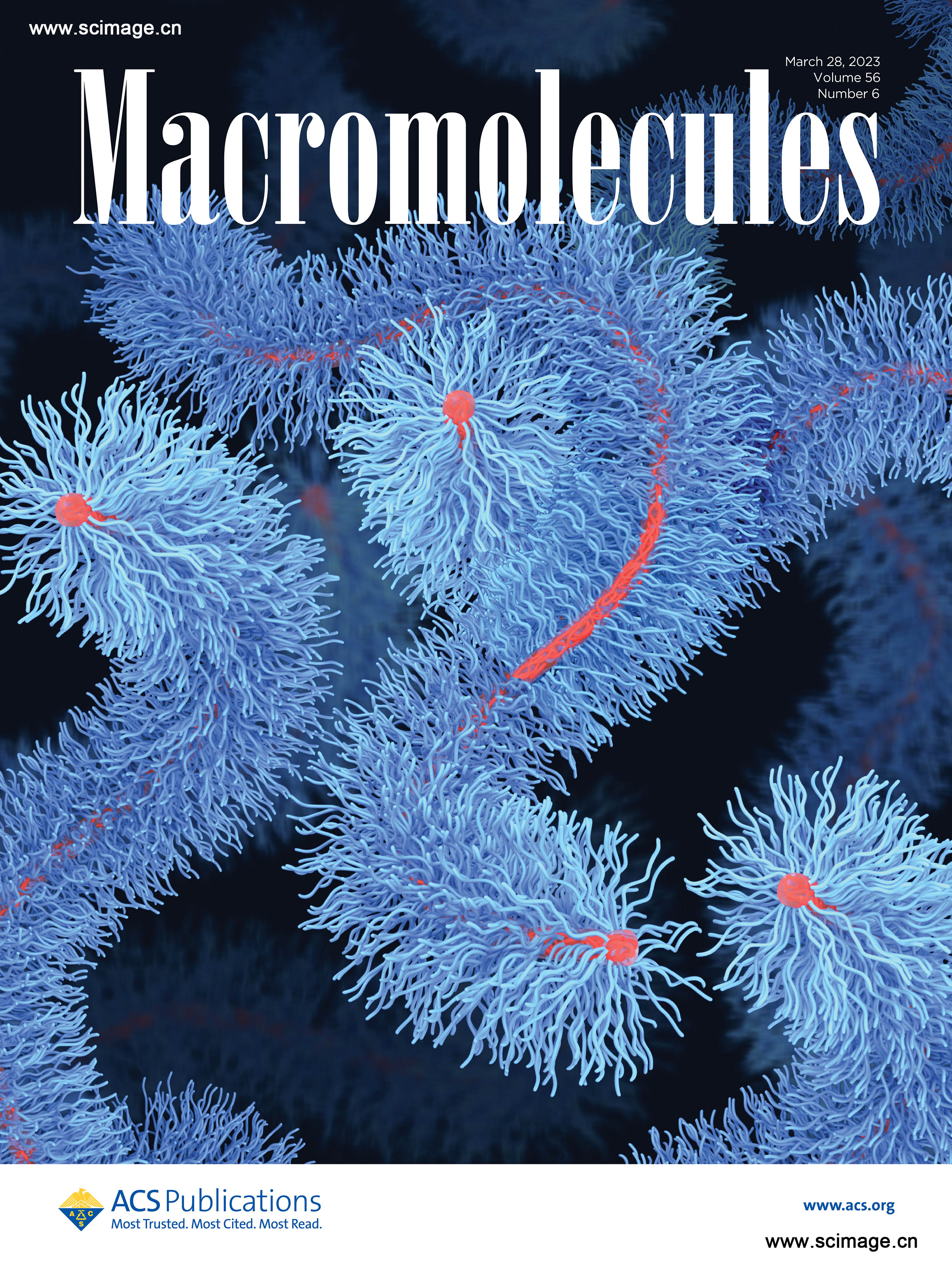
▲ Vol 56 Issue 06 | 28 March, 2023
Unexpected Folding of Bottlebrush Polymers in Melts
Shifeng Nian, Baiqiang Huang, Guillaume Freychet, Mikhail Zhernenkov, and Li-Heng Cai
Bottlebrush molecules are branched polymers with a long linear backbone densely grafted by many relatively short linear side chains. Such a unique molecular architecture enables bottlebrush polymers with properties and functions inaccessible by their linear counterparts. The existing understanding is that, in melts of bottlebrush polymers, the interbackbone distance decreases as the grafting density of side chains becomes smaller. Here, we experimentally discover a behavior opposite to all existing works: the interbackbone distance increases monotonically as the grafting density decreases. To explain these remarkable experimental findings, we develop a theory by accounting for the incompatibility between the backbone and side chains within a bottlebrush molecule. The backbone polymer folds into a cylindrical core with all grafting sites on its surface to reduce interfacial free energy. As the grafting density decreases, the backbone collapses; this process not only increases the diameter of the cylindrical core but also reduces the distance between grafting sites in space, such that the extension of side chains is not alleviated. Our discovery presents a paradigm-shifting understanding of the molecular structure of bottlebrush polymers.
https://pubs.acs.org/doi/10.1021/acs.macromol.2c02053
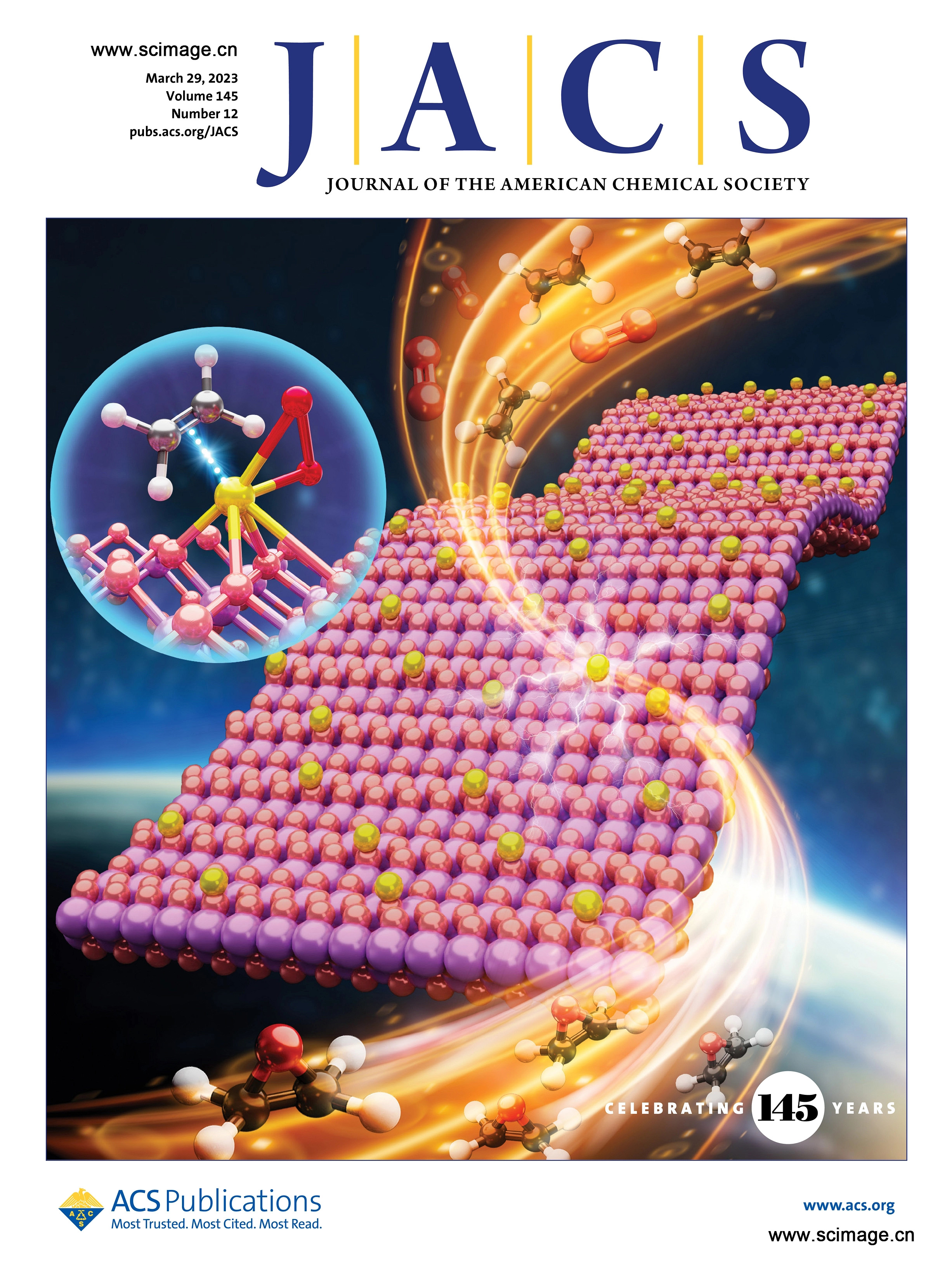
▲ Vol 145 Issue 12 | 29 March, 2023
Heterogeneous Iridium Single-Atom Molecular-like Catalysis for Epoxidation of Ethylene
Hongling Yang, Xiaoxu Wang, Qinggang Liu, Aijian Huang, Xun Zhang, Yi Yu, Zewen Zhuang, Ganggang Li, Yang Li, Qing Peng, Xin Chen, Hai Xiao, and Chen Chen
Developing efficient and simple catalysts to reveal the key scientific issues in the epoxidation of ethylene has been a long-standing goal for chemists, whereas a heterogenized molecular-like catalyst is desirable which combines the best aspects of homogeneous and heterogeneous catalysts. Single-atom catalysts can effectively mimic molecular catalysts on account of their well-defined atomic structures and coordination environments. Herein, we report a strategy for selective epoxidation of ethylene, which exploits a heterogeneous catalyst comprising iridium single atoms to interact with the reactant molecules that act analogously to ligands, resulting in molecular-like catalysis. This catalytic protocol features a near-unity selectivity (99%) to produce value-added ethylene oxide. We investigated the origin of the improvement of selectivity for ethylene oxide for this iridium single-atom catalyst and attributed the improvement to the π-coordination between the iridium metal center with a higher oxidation state and ethylene or molecular oxygen. The molecular oxygen adsorbed on the iridium single-atom site not only helps to strengthen the adsorption of ethylene molecule by iridium but also alters its electronic structure, allowing iridium to donate electrons into the double bond π* orbitals of ethylene. This catalytic strategy facilitates the formation of five-membered oxametallacycle intermediates, leading to the exceptionally high selectivity for ethylene oxide. Our model of single-atom catalysts featuring remarkable molecular-like catalysis can be utilized as an effective strategy for inhibiting the overoxidation of the desired product. Implementing the concepts of homogeneous catalysis into heterogeneous catalysis would provide new perspectives for the design of new advanced catalysts.
https://pubs.acs.org/doi/10.1021/jacs.2c11380
<静远嘲风动漫传媒科技中心>设计制作
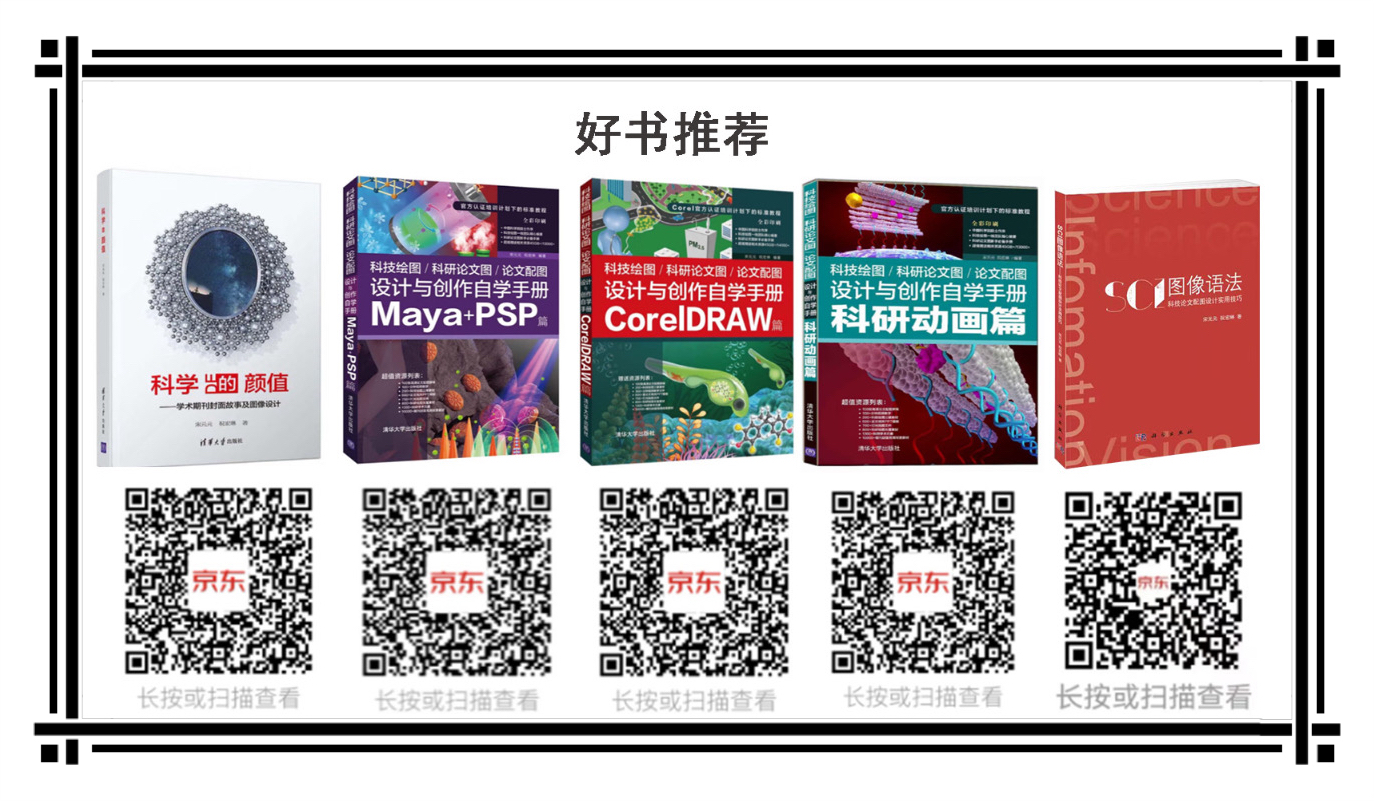
购书链接:
☆科学的颜值:学术期刊封面故事及图像设计
https://item.jd.com/12802188.html
☆科技绘图/科研论文图/论文配图设计与创作自学手册:CorelDRAW篇
https://item.jd.com/13504674.html
☆科技绘图/科研论文图/论文配图设计与创作自学手册:Maya+PSP篇
https://item.jd.com/13504686.html
☆科技绘图/科研论文图/论文配图设计与创作自学手册:科研动画篇
https://item.jd.com/13048467.html#crumb-wrap
☆SCI图像语法-科技论文配图设计使用技巧
https://item.jd.com/10073529532924.html?bbtf=1
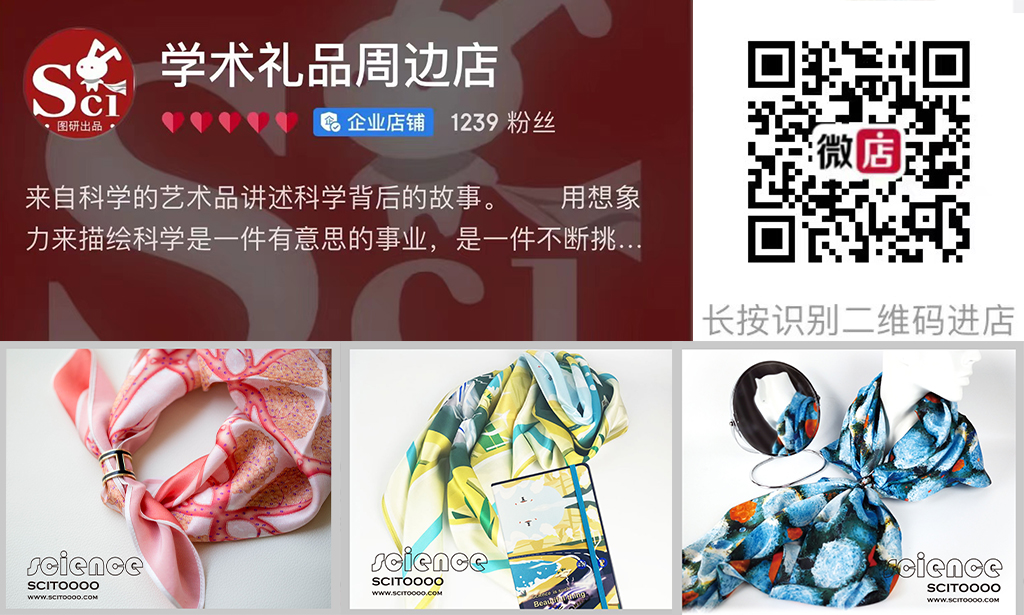
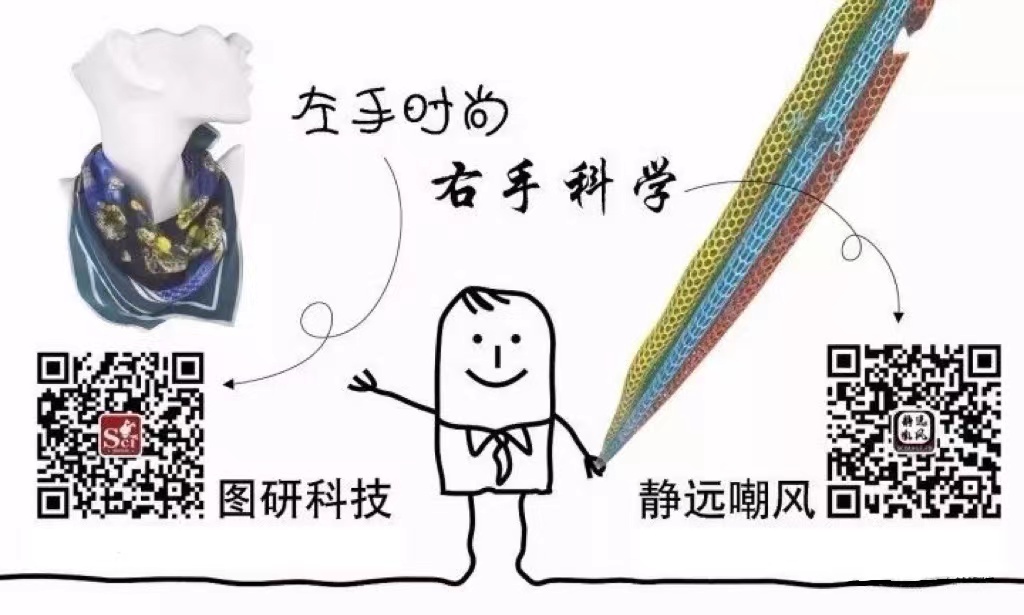
静远嘲风(MY Scimage) 成立于2007年,嘲风取自中国传统文化中龙生九子,子子不同的传说,嘲风为守护屋脊之瑞兽,喜登高望远;静远取自成语“宁静致远”,登高莫忘初心,远观而不可务远。

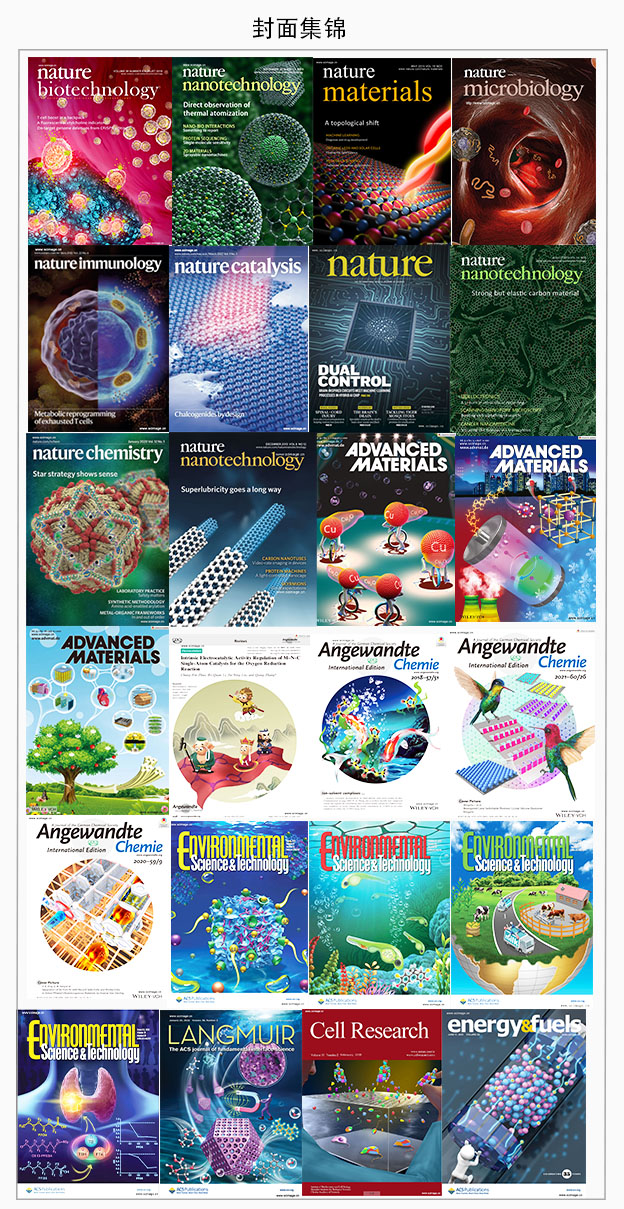
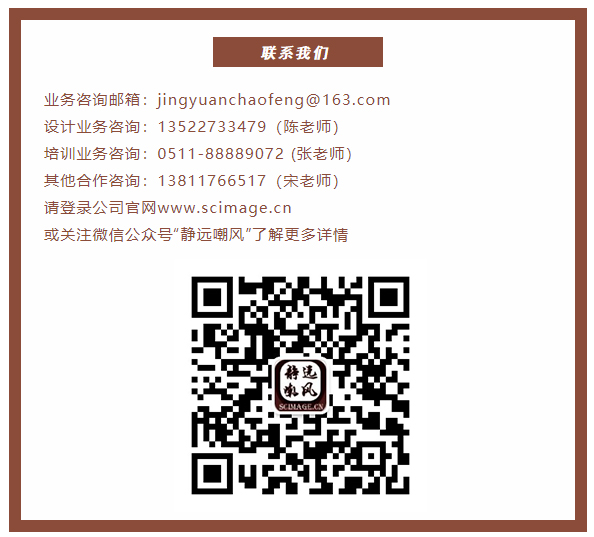
https://blog.sciencenet.cn/blog-519111-1389070.html
上一篇:2023年3月嘲风作品集(二)
下一篇:【能源专业课程】3ds Max如何制作太阳能板?
